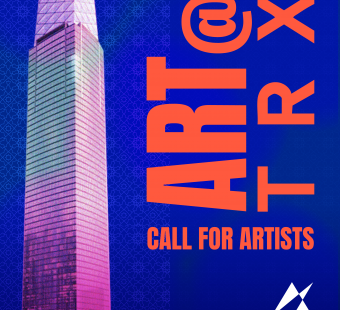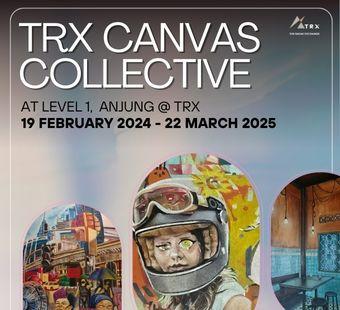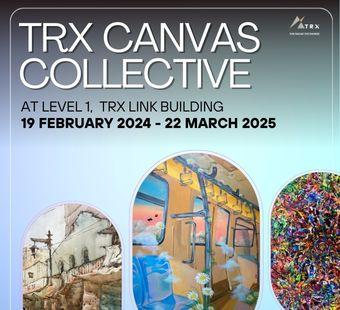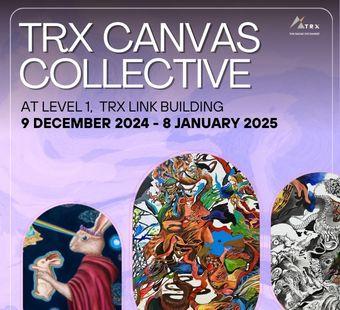Mention Kuala Lumpur and the image of the Petronas Twin Towers immediately comes to mind.
Once the tallest buildings in the world, the award-winning structure incorporates characteristics of Islamic architecture. The towers’ floor plates are based on geometric forms of two interlocking squares, creating an 8-pointed star representing the Islamic principles of “unity within unity, harmony, stability and rationality”.
Iconic in the KL skyline, the Twin Towers is the crowning glory of the city’s built environment, presiding over a continuing history of creative and experimental architecture reflecting the myriad influences of a multicultural society.
The history and heritage of the city is proudly on display, from indigenous Malay designs to other ethnic and religious influences, from colonialist forms, such as Neo-Moorish and Mughal, to post-Independence modern layouts, and from Late Modernist schemes to the Post-Modern genres.
The characteristic high pitched and gable roofs, common to the region, became one of the inspirations for the modern designs from the Independence period, when architects sought to express a national identity by adapting local elements into contemporary iterations.
The National Museum prominently features the Riau-influenced roof finials using the criss-cross style over the main entrance, while the Parliament building opted for a far more conceptual interpretation with a concertinaed roof inspired by Bugis designs.
Arguably, the most elaborate use of indigenous roof designs came later in 1999, with the Istana Budaya, with a multi-layered roof form dominating the whole building. Another influence came from the sirih junjung, a multi-layered petal formation arrangement of flowers and leaves customarily used during weddings and other ceremonial occasions.
Another striking example is the National Library’s use of the form of the Malay headgear, the tengkolok, alongside the motifs of the songket textile.
Other modernist interpretations are offered by famous architect, Hijjas Kasturi, who was inspired by the architecture of the Independence period.
“In the early days of Independence, it was exciting to ask what we can contribute to build this nation. What would be the new kind of architecture for a new sovereign country,” he said in an interview.
Hijjas’ iconic buildings include the Telekom Tower, which resembles a slanted cut of a bamboo trunk, and the Maybank Tower, inspired by the sheath of the keris, the traditional Malay dagger.
“Architecture is a creative world that needs to be explored. There are many cultural elements in Malaysia that need to be explored and showcased proudly not only here, but to the world,” Hijjas asserted to Berita Harian.
A favourite of Hijjas Kasturi’s is the National Mosque built in 1965, a monument to modernist design which recalls the spatial qualities of Mies van der Rohe’s Barcelona Pavilion and Frank Lloyd Wright’s Robie House.
The National Mosque is a prime example of the use of abstraction in preserving the continuity of tradition. The modernist aesthetic is fused with local influences here, such as the subtle interplay of traditional language using the payung kertas as an analogy for the sheltering roof form, which balloons out into a 16-pointed star in a direct Islamic reference, alongside repetitive columns that symbolise the eternal and infinite nature of God.
A more recent adaptation of Islamic design is seen at the Tun Razak Exchange MRT station, which is imbued throughout with an Islamic motif dubbed “Islamic Corporate”, a nod to the financial centre being built in the south eastern end of the city centre.
Also nearing completion in TRX is the purpose-built 27-floor new Prudential HQ which is a modern contemporary building, incorporating the traditional Malaysian element of tengkolok di-Raja (a Malay royal headgear).





